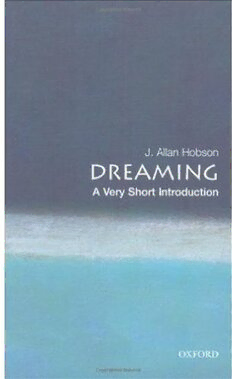
Dreaming: A Very Short Introduction (Very Short Introductions) PDF
169 Pages·2005·2.046 MB·English
Most books are stored in the elastic cloud where traffic is expensive. For this reason, we have a limit on daily download.
Preview Dreaming: A Very Short Introduction (Very Short Introductions)
Description:
As brilliantly written, entertaining, informed and convincing an introduction to a subject as you could ever wish for. It gets to the point very quickly, talking of a 'paradigm shift' in dream science over the last half century brought about by a change in emphasis from dream content to dream form.
This formalist account has little time for Freudian psychoanalysis. Dream interpretation is considered unnecessary, and Freud over-speculative because of a lack of detailed knowledge about brain science. Hobson takes an essentially physiological, 'brain as mind', approach that he thinks explains nearly everything we need to know about dreaming and consciousness - a major exception being the notoriously 'hard problem' of subjectivity (ie the unobservable, private states of mind and events - the so-called 'qualia') . Some readers - like the reviewer below, perhaps - may consider the formalism too reductionist, a charge that the author seems to anticipate when he says, 'Much apparent complexity melts away when the science comes up with the correct simplicity. This is the true meaning of reductionism.'
Despite the author's own commitment to simplicity, the details can at times be complex, especially to those readers without much neuroanatomy or biochemistry. But Hobson carries the non-specialist with him by clever use of summary and fascinating in-text 'inserts' on questions like: Do animals dream? What is lucid dreaming? and Do we dream in black and white or in colour? His own dream journals are also used to illuminate common features of dreams - like their bizarre discontinuities and character instability, their heightened emotions and sensations, but simultaneously, their convincingly lifelike narratives.
According to Hobson, studies show that compared to waking, dreaming involves simply the selective enhancement of certain mental functions and the diminution of others via biochemistry (and ultimately DNA). Essential reading for anyone with even the remotest interest in psychology or dreaming.
See more
The list of books you might like
Most books are stored in the elastic cloud where traffic is expensive. For this reason, we have a limit on daily download.
